People: TPWD’s New Vet
October 9th, 2014This is Passport to Texas
Veterinarian Bob Dittmar’s job is to help maintain healthy wildlife populations in Texas now and into the future.
17—My wife’s telling everybody that I’m going to be making sure that my grand kids and great-grand kids have wildlife to enjoy in the future. I’m going to be a part helping to ensure that our wildlife populations are healthy, and looking at it more from a veterinary medical standpoint than strictly a management and biological standpoint.
Dittmar is TPW’s first staff veterinarian. With an office in Kerrville, he’s currently spending time on the road meeting with regional biologists and technicians to further understand the needs among game and non-game species.
27—Right now, my job is to determine where I’m going to fit in and how I’m going to help. A lot of it is going to maybe be validating some of the things that the department has done in the past; maybe finding some new things that I would fit in and work on. But helping to analyze some of the date, doing some educational and training programs so that the field people will be able to recognize a disease situation or problem as it develops so we can take appropriate action.
More with Doctor Bob Dittmar – wildlife vet – tomorrow.
The WSFR program supports our series and funds its work through your purchase of hunting and fishing equipment and motorboat fuel.
For Texas Parks and Wildlife…I’m Cecilia Nasti.
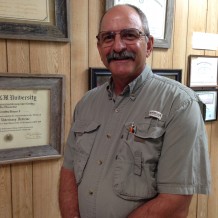

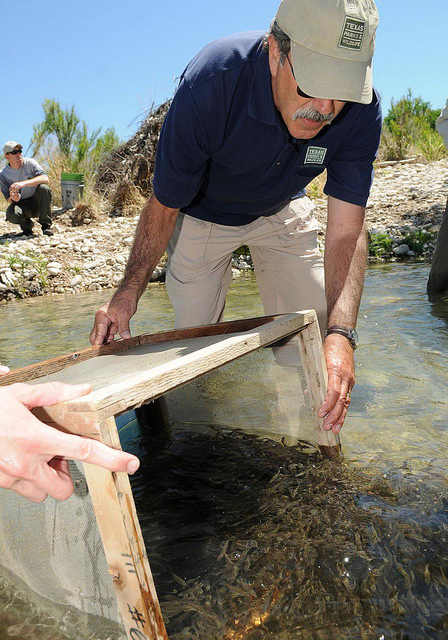
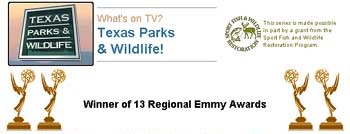
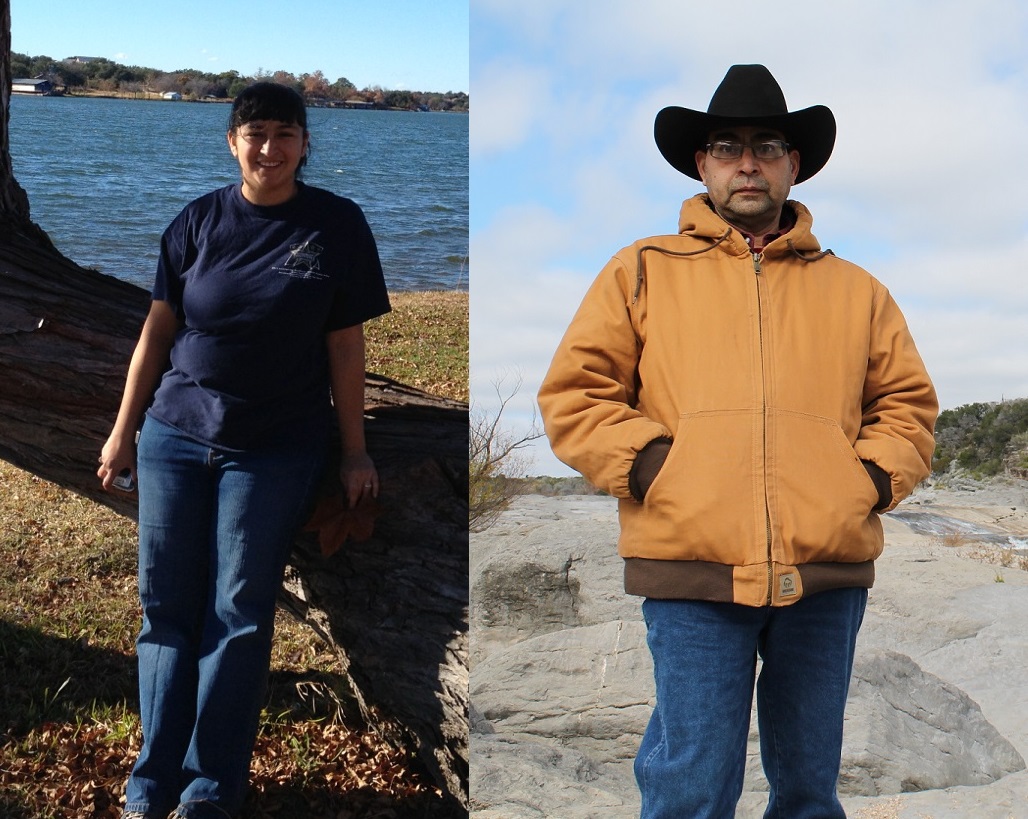
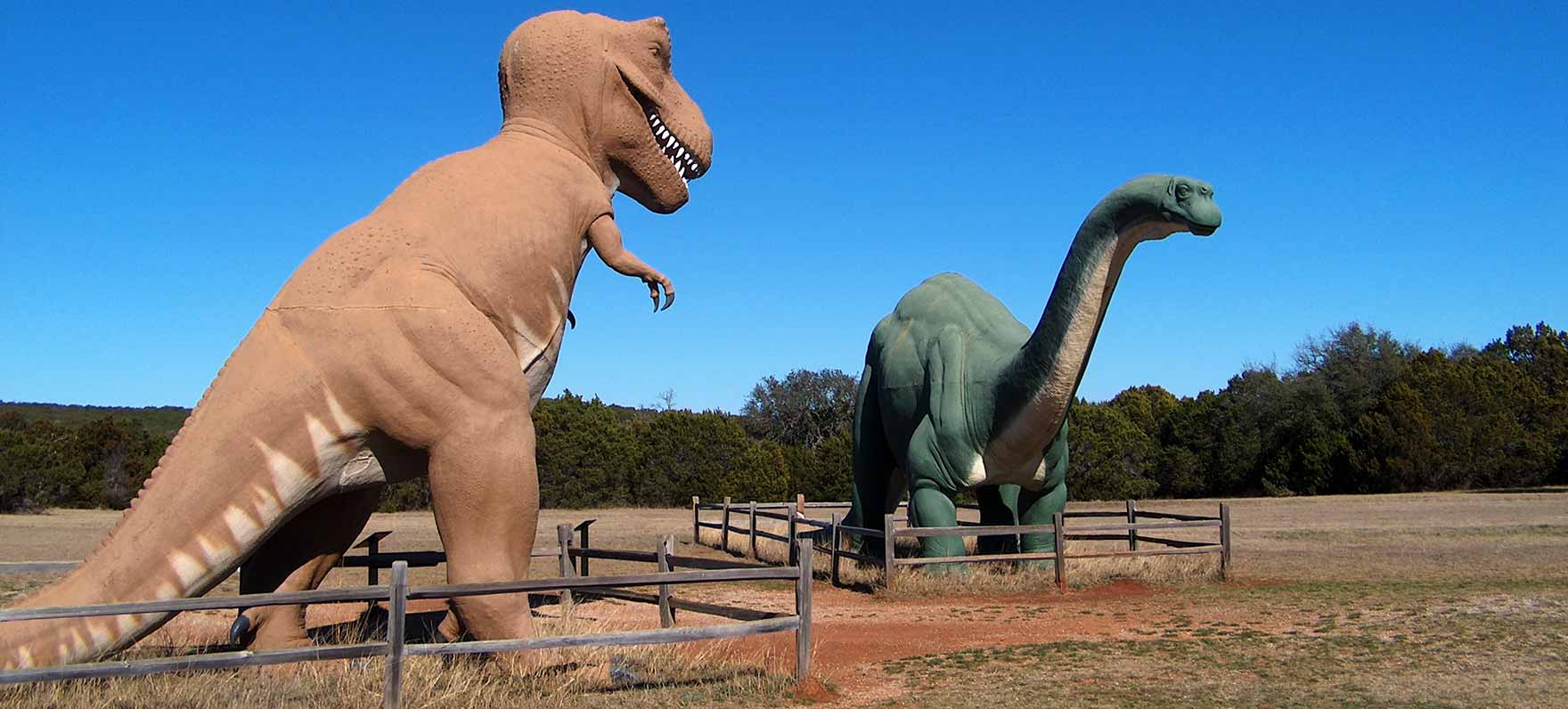

 Passport to Texas is a
Passport to Texas is a  Passport to Texas is made available by:
Passport to Texas is made available by: